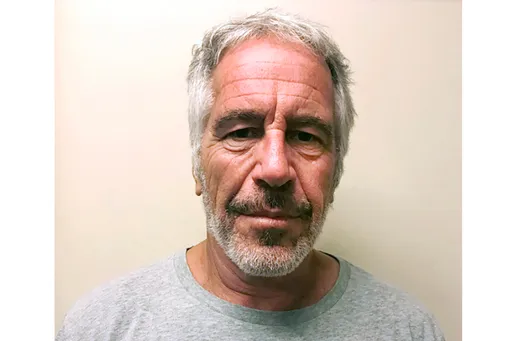The risks that unaccompanied and separated migrant children face continue to grow as wars, poverty and conflict keep forcing people out of their homelands.
"Alone and unsafe: Children, migration, and sexual and gender-based violence," the latest report by the International Federation of Red Cross and Red Crescent Societies (IFRC), looks at the violence, gender-based abuse and sexual abuse tens of thousands of children face as they navigate migration and resettlement without their primary caregivers or completely alone.
The report defines children as under the age of 18.
1. There are a large number of children on the move alone
The number of children who migrate has grown immensely in the last decade — including those who are undertaking the journey alone.
Approximately 300,000 children were travelling alone in 80 different countries in 2017.
This number has grown 500 percent since 2012.
Children on the move are vulnerable to human traffickers, exploiters and abusers of any kind, especially sexual and gender-based abuse.
Moreover, children can fall prey to “survival sex,” which means they are forced to barter sexual favours for food, safe passage or other things deemed essential at a given point in time for them to survive.
2. Abundance of barriers to scarce services
And as the number of unsafe and alone children grows, linked to several crises in current times, the facilities needed to help these children are not sufficient, the report points out.
Instability, poor security and inadequate health facilities mark migratory routes, factors which increase the risks of sexual and gender-based violence.
Most migratory routes lack prevention and response services, which can help protect and rehabilitate vulnerable children.
And where services are in place to help at-risk children, they are predominantly unaware what falls under abuse or exploitation. Without this knowledge, they often do not know they need to seek protection or help.
A recent study by Harvard University’s Center for Health and Human Rights indicated that only 20 percent of migrating children surveyed knew about exploitation and half of the 20 percent knew about dangers and risks they would face as a migrant.
Just four out of 10 children migrating said they were prepared to protect themselves against any of these threats.
3. Sexual abuse in countries of destination
In 2017, 60 percent of children who arrived in the major refugee-attracting countries in Europe such as Spain, Italy, Greece and Bulgaria were unaccompanied or separated. This number is double the previous year's.
Though the number of migrants seeking refuge in Europe has decreased, the number of children has risen, which means so does the number of children who fall prey to traffickers and abusers.
The report suggests children fleeing violence or those who encounter it en route are still not safe when they arrive in the second or third country. Social services in most migrant destination countries are often overstretched.
In Greece for example, shortages of living space force children to live with adults in crowded settings. A lack of safety and security at the facilities make these young migrants even more vulnerable.
“The lack of safe housing options has led many unaccompanied migrant children in Greece to move to informal encampments where they are exposed to an even greater range of risks, including, for boys, being sexually abused and exploited by older men for money. Onward journeys to other European countries have not brought an end to the dangers young migrants face.”
According to the "Am I not a Child - The Neglect of Child Refugees in Europe" report by the TRT World Research Centre, there were an estimated 170,000 unaccompanied refugee children on European soil in 2016. Over 10,000 of these were missing at the time the report was published.
4. More needs to be done, urgently
The IFRC recommends civil society organisations and public institutions:
Train people who are likely to encounter child refugees at borders such as those working security or transport (airports, train stations and even taxi drivers) in how to identify and provide necessary assistance to those travelling unaccompanied.
Establish centres for support: psychological, medical, shelter and food.
To communicate with children. To find out where they are from, where they are heading and why are they fleeing is essential, the report said. Knowledge in language, culture and religion might be necessary.
The report says children seeking refuge should not be seen as criminals, but survivors: “Helping them should be promoted, not criminalised.”
























